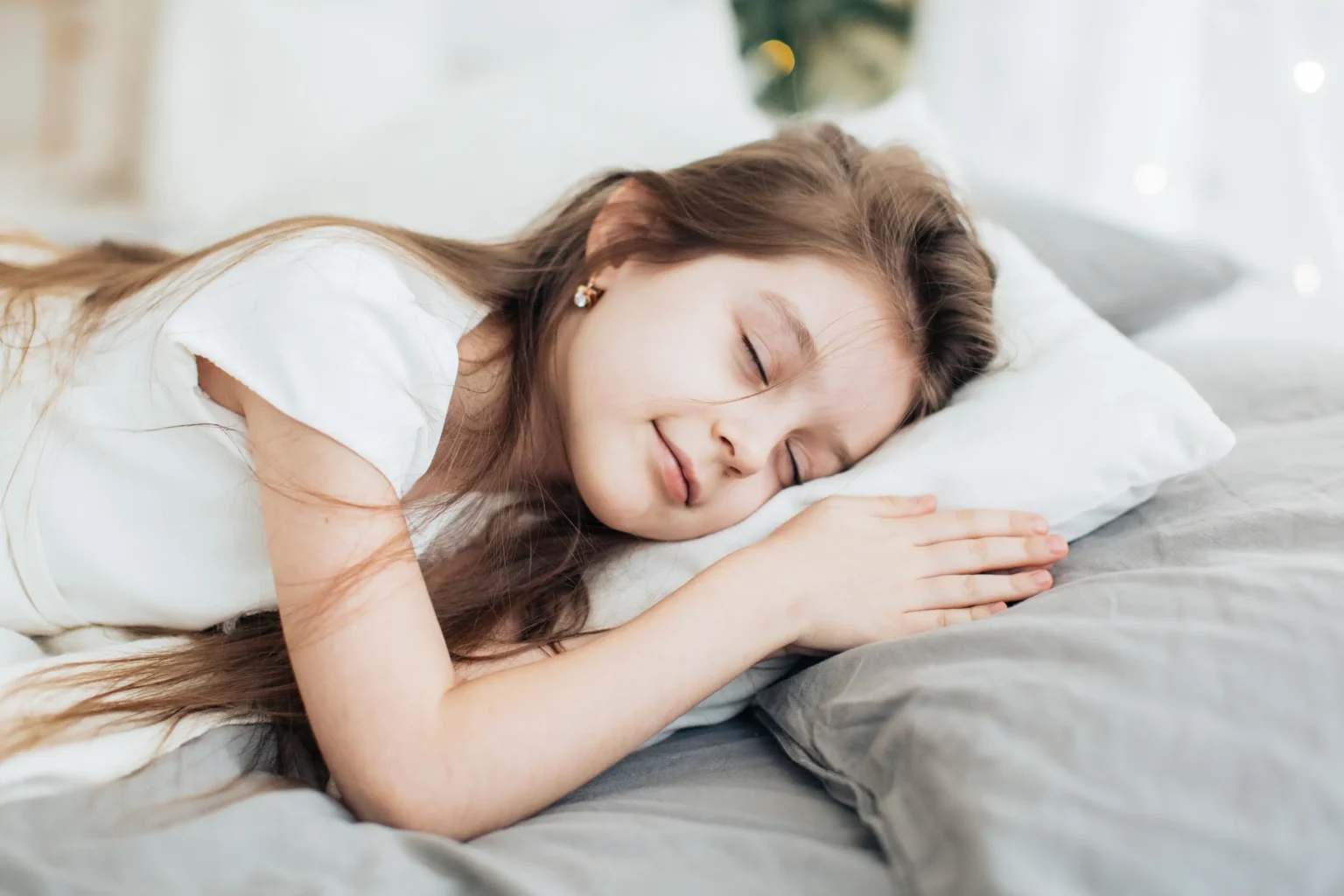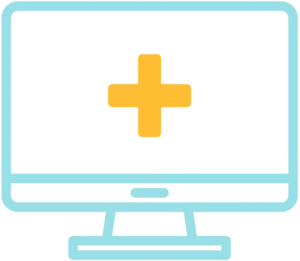Sleep Testing and Treatments
Effectively manage your life with proper diagnosis and treatment.
Request An AppointmentRefer A Patient
Understanding Sleep Disorders
Table Of Contents
Sleep Testing: Diagnosing Sleep Conditions
Specialized sleep testing may be necessary to determine the underlying cause of a sleep disorder. These tests monitor breathing, heart rate, brain activity, and other factors to provide an accurate diagnosis.
Home Sleep Apnea Test (HSAT)
A home sleep apnea test (HSAT) is a convenient, cost-effective option for diagnosing obstructive sleep apnea. ItThis test is performed at home using a small device that records breathing patterns, oxygen levels, and heart rate. HSAT is best suited for individuals with a high likelihood of moderate to severe sleep apnea.
In-Lab Sleep Study (Polysomnography)
AnFor a more comprehensive evaluation, an in-lab sleep study, or polysomnography, is conducted at a sleep center for a more comprehensive evaluation. This test monitors multiple physiological functions, including:
- Brain wave activity
- Eye movement
- Muscle activity
- Breathing patterns
- Oxygen saturation levels
- Heart rate
An in-lab study provides the most detailed assessment and is recommended for individuals with complex sleep disorders or inconclusive home sleep tests.

Sleep Disorder Treatments
Once a diagnosis is confirmed, treatment options vary depending on the specific sleep disorder. Effective management may involve medical devices, therapy, or lifestyle changes. It’s important to note that some treatments, such as CPAP therapy, may have potential side effects like dry mouth or skin irritation. Understanding these potential risks can help you make an informed decision about your treatment plan.
Treatments may include:
- Continuous Positive Airway Pressure
- Bi-Level Positive Airway Pressure
- Automatic Positive Airway Pressure
- Cognitive Behavioral Therapy for Insomnia
Continuous Positive Airway Pressure (CPAP)
CPAP therapy is the standard treatment for obstructive sleep apnea. A CPAP machine delivers a constant stream of air through a mask, keeping the airway open and preventing breathing interruptions. This treatment helps reduce snoring and improve sleep quality.
Bi-Level Positive Airway Pressure (BiPAP)
BiPAP therapy is similar to CPAP but offers two levels of air pressure: a higher pressure during inhalation and a lower pressure during exhalation. This option is ideal for those who find CPAP uncomfortable or have conditions like central sleep apnea or chronic obstructive pulmonary disease (COPD).
Automatic Positive Airway Pressure (APAP)
APAP machines automatically adjust air pressure levels based on breathing patterns throughout the night. This flexibility can enhance comfort and effectiveness for individuals with varying airway obstruction levels.
Cognitive Behavioral Therapy for Insomnia (CBT-I)
CBT-I is a structured, evidence-based approach to treating insomnia. This therapy helps individuals:
- Identify and change negative thoughts about sleep
- Develop healthy sleep habits
- Improve sleep efficiency and duration
CBT-I has been shown to be as effective as medication for long-term insomnia management.
Lifestyle and Behavioral Modifications
Specific lifestyle changes can improve sleep quality and complement medical treatments. Recommendations may include:
- Maintaining a consistent sleep schedule
- Reducing caffeine and alcohol intake before bedtime
- Creating a comfortable sleep environment
- Engaging in regular physical activity
- Practicing relaxation techniques, such as deep breathing or meditation
Frequently Asked Questions
0
How do I know if I need a sleed study?
If experiencing symptoms like loud snoring, daytime fatigue, difficulty staying asleep, or pauses in breathing during sleep, a sleep study may be necessary to determine the underlying cause.
0
What is the difference between a home sleep test and an in-lab sleep study?
A home sleep test records basic data, such as breathing patterns and oxygen levels. In contrast, an in-lab sleep study provides a more detailed analysis, including brain activity and muscle movements.
0
Are CPAP machines the only treatment for sleep apnea?
Other options like BiPAP, APAP, oral appliances, and lifestyle changes may also be effective depending on the severity and cause of sleep apnea.
0
Can insomnia be treated without medication?
Yes, cognitive behavioral therapy for insomnia (CBT-I) is an effective, non-medication-based treatment that helps improve sleep habits and address underlying sleep-related issues.
0
How long does it take to see results from sleep treatments?
Results vary depending on the treatment and individual response. Some individuals experience improvement within days of starting CPAP therapy, while CBT-I may take several weeks for noticeable changes.

